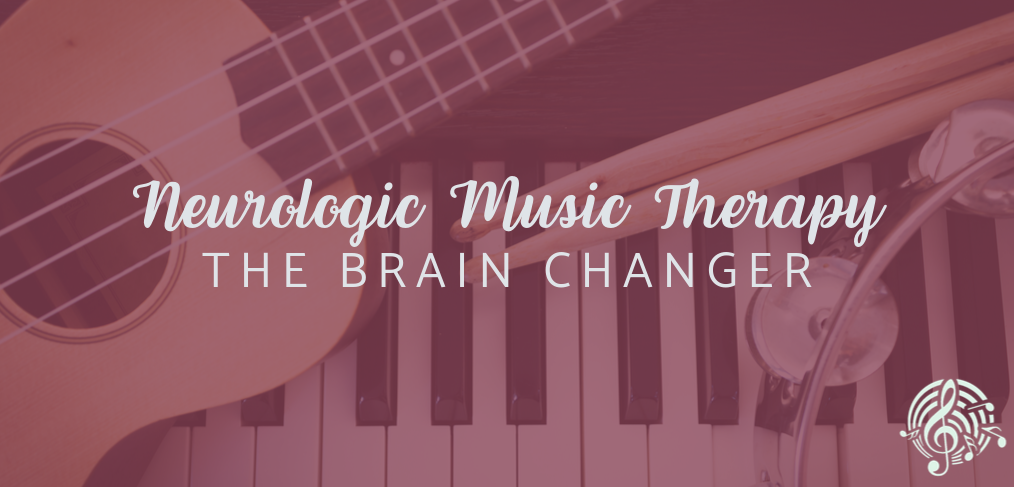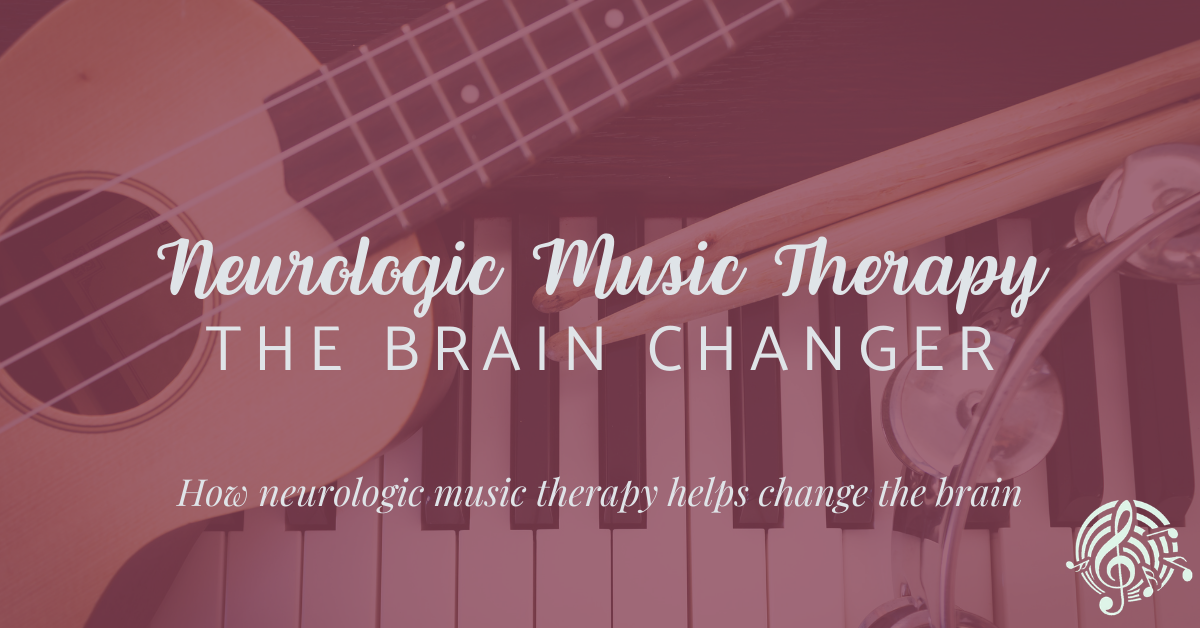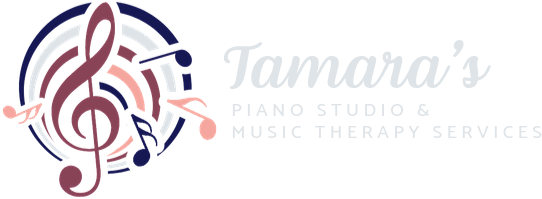
Neurologic Music Therapy – The Brain Changer
How neurologic music therapy changes the brain
The brain that engages in music is changed by engaging in music.
How can our brains change with something so seemingly simple?
Neuroplasticity.
But it’s not actually a simple process at all! Let me clarify.
Neuroplasticity refers to the brains ability to reorganize itself by forming new neural connections, compensating for injury or disease, and adjusting to changes in one’s environment. While we engage in music, whether it is listening, singing, or actively playing an instrument, our brains are being globally activated – the reorganization can begin.
Engaging in music is truly a whole brain process.
Music operates as a core language of the human brain.
Neurologic Music Therapy (NMT) applies standardized therapeutic techniques to specific goal areas; it targets cognition, affect, language, and motor dysfunction among a wide variety of populations. When one engages in these interventions, neural networks can be changed and strengthened. This is the scientific basis for why music therapy works.
How is this appropriate for my child? For the purposes of this blog post, let’s look at Autism Spectrum Disorder. NMT enables the rewiring of neural connections to encourage optimal brain functioning.
 For a child on the spectrum, NMT can offer a variety of techniques, including:
For a child on the spectrum, NMT can offer a variety of techniques, including:
- Developmental Speech and Language Training through Music
- Auditory Perception Training
- Musical Attention Control Training
- Therapeutic Singing
Research has shown that children on the spectrum actually respond better to musical cues rather than spoken cues. Through the established NMT techniques, Neurologic Music Therapists are able to address important goal areas, such as, verbal and non-verbal communication, social interaction, mood control, and cognition.
You may be asking yourself — my child is in music lessons not music therapy, do they benefit?
Rest assured, your child is gaining immense neural benefits as well! Research suggests that the neural connections made during musical training primes the brain for significant aspects of communication.
Musical training has been shown to have a positive impact on a child’s listening, learning, memory, and attention.
Tamara received her training at The Academy of Neurologic Music Therapy and is certified as Neurologic Music Therapist (NMT).
REFERENCES:
Tremmel, P. (2010). Neuroscience of Music – How Music Enhances Learning Through Neuroplasticity. Retrieved from neurosciencenews.com.
Thaut, M. (2008). Rhythm, Music, and the Brain. New York, NY: Routledge.
Thaut, M. & Hoemberg, V. (2014). Handbook of Neurologic Music Therapy. Oxford, UK: Oxford University Press.





